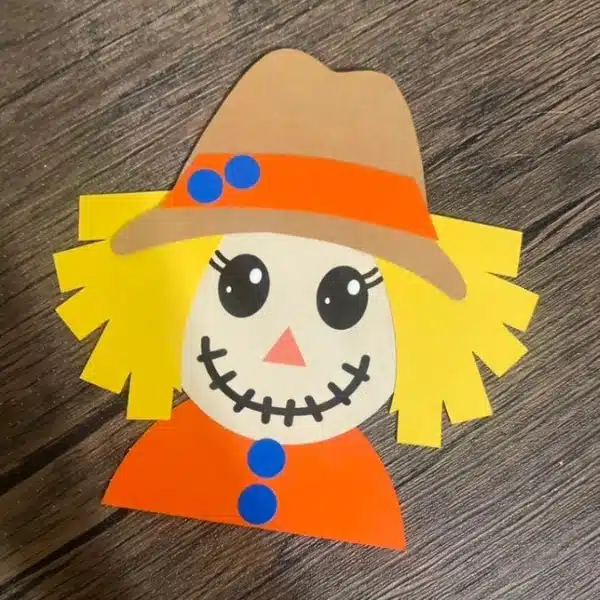
Photo: Stock Photos from PHOTOGRAPHER/Shutterstock
This post may contain affiliate links. If you make a purchase, My Modern Met may earn an affiliate commission. Please read our disclosure for more info.
Beading is typically thought of as a form of jewelry, but it has also proven to be a great material for making 2D art. At its best, countless tiny beads come together to form one incredible image with a shimmery surface and tactile appeal. You too can create your own bead embroidery art and express yourself in all of the glittering colors and varieties that it has to offer.
Bead art has existed for centuries. The process of making beads likely began in Mesopotamia and then made its way to ancient Egypt. There, the Egyptians added an artistic touch to the materials and created faience beads (long beads) that were used in daily wear as well as in a netting that covered mummies. Other notable beads were made by Murano glassblowers in Italy during the 14th century, and the lampwork style was developed in the 18th century. Tiny seed beads, one of the most common varieties used today, were created in the 19th century. All of these beads showcase the different choices you have as you embark on your own embroidery art.
Before you start with bead embroidery, you’ll want to get acquainted with all the supplies you’ll need, and then watch how artisans utilize certain techniques to create their work.
Make your own bead art embroidery when you learn the basic supplies and techniques utilized in the timeless craft.
Supplies Needed for Bead Embroidery
View this post on Instagram
Like many forms of art and craft, you will want to have some basic supplies on hand in order to create your bead embroidery. The materials below will get you started.
Beads

Photo: Stock Photos from Aleksandr Simonov/Shutterstock
How your artwork looks largely depends on the types of beads you choose. Think of beads like paint; the more varieties and colors you have, the more choices you’ll have in creating your work. Luckily, there are myriad choices available on the market.
Budget beads are made of acrylic and plastic, while glass seed beads are the most ubiquitous; these ultra-small beads come in a variety of solid colors. Because of their size, they can be bunched together and look more uniform in their appearance. If you are creating a portrait, for instance, you may consider using them. Beyond plastic and glass, there are chunkier wooden beads as well as crystal or gemstone beads to add a little glitz to your design.
Thread

Photo: Stock Photos from Clari Massimiliano/Shutterstock
Beading thread differs from conventional fiber thread as the material has to be sturdier to hold the weight of the beads on them. There are two popular types of bead thread: nylon and fishing line-style (gel spun). Nylon is a softer thread available in many colors, and it is typically better for sewing into a surface (on fabric, for instance). The fishing line-style is stronger and a bit stiffer.
Needles

Photo: Stock Photos from SNS Sudio/Shutterstock
There are specific needles you’ll use for beading. They often come in sets that vary in length of the needle as well as width, so you should find something in those packs that work for you. But, make sure your selection is strong as well as thin enough to easily pass through the hole of the bead.
Scissors

Photo: Stock Photos from Henrietta Kasa/Shutterstock
Don’t skimp on a good pair of scissors. Look for a set that is sharp with small blades to make snipping a breeze. See our guide for the best embroidery scissors.
Fabrics

Photo: Stock Photos from yanin kongurai/Shutterstock
Working with beads is different than if you’re working with embroidery floss, for instance. When stitched together, beading can be heavy. Because of this, you might want to take the “sandwich” approach to bead art; this includes a foundation fabric (top), lining/stiffener (middle), and backer fabric (bottom). Doing this will ensure that your beads stay in place and the threads won’t poke you when you’re done.
Foundational Fabric — A foundational fabric is going to be stiffer than your traditional fabric. Felt-like surfaces—including a favorite called Lacy’s Stiff Stuff— and interfacing are two popular choices; the latter comes in a variety of thicknesses and types. Both hold their shapes well when cut and can withstand the weight of many beads. Of course, it's not a requirement you use something that stiff. Linen and linen-like fabrics will also work well. Whatever you choose, just make sure it can hold the beads you're planning on stitching.
Lining / Stiffener — You don’t want your beading to lose its shape when you’re done, and a liner will help to shore up your work so that it stays looking as great as when you first embroidered it. A flexible plastic is a great option—just dig into your recycling and you’re sure to find something you can cut and use.
Backer Fabric — Backer fabric will hold your embroidery in place. And if you’re going to be wearing your bead art, you’ll want to make sure that it feels comfortable on the skin. Look for a suede, thin leather, or felt to give your piece strength as well as a professional finishing touch.
Learn Popular Bead Embroidery Art Techniques Online
View this post on Instagram
Get started with bead embroidery and other forms of bead art with helpful and informative tutorials from YouTube.
Basic Bead Embroidery Stitches
Beaded Backstitch
Four Methods of Attaching Beads
Contour Beading
Beaded and Sequin Fish Brooch
Beaded Embroidery Flower
Related Articles:
96-Year-Old Navajo Grandmother Goes Viral on TikTok for Her Beadwork
Brilliant Bead Embroidery Turns Earth’s Beautiful Animals into Dazzling 3D Stitches






















































































